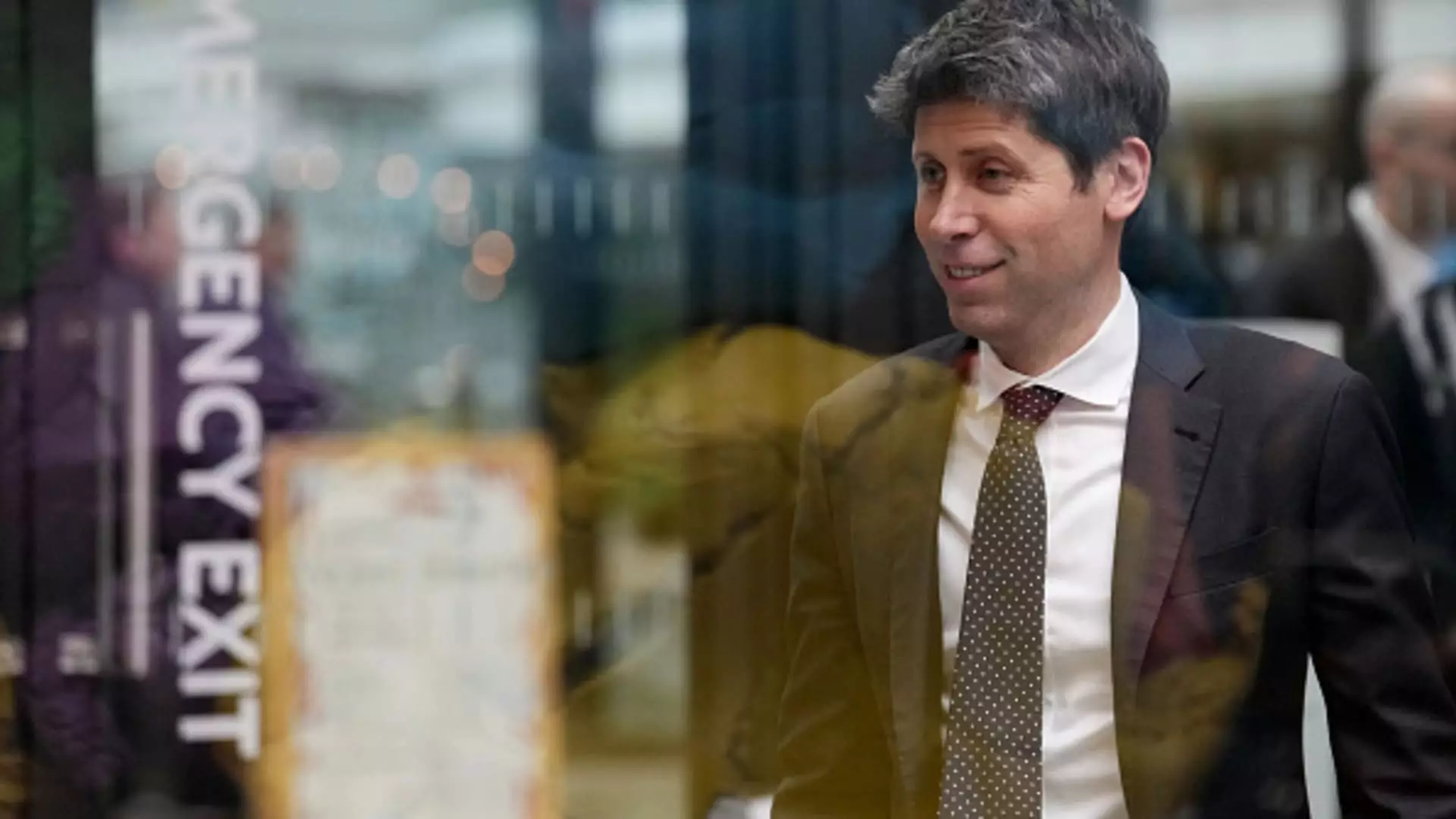In the rapidly evolving arena of artificial intelligence, particularly within the niche of coding assistance, strategic acquisitions can spell the difference between fleeting success and enduring dominance. OpenAI’s flirtations with Cursor, a product that has gained a surging popularity wave, illustrate the precariousness of these business decisions. Initial engagement with the startup by OpenAI failed to materialize into a partnership or acquisition, which stands out as a critical miscalculation. While discussing the subsequent approach amid Cursor’s flourishing trajectory emerges as a logical tactic, it also suggests a certain level of complacency within OpenAI’s strategy. This reflects a broader issue pervasive in tech: even the giants can falter when the market shifts dramatically.
Cursor’s recent accomplishments and ongoing investor interest signal not merely a passing trend; they indicate a robust response to an expanding need for intuitive coding tools powered by advanced machine learning models. This burgeoning demand underscores the shifting paradigms of software development, where novice and veteran coders alike increasingly rely on AI for nuanced code generation. Faced with powerful alternatives that leverage groundbreaking models, OpenAI’s decision-makers may need to reconsider their core competencies and future strategies to remain relevant.
The Economics of Technological Acquisition
Financially, OpenAI’s interest in acquiring Windsurf for approximately $3 billion—potentially their most lavish buy yet—does not merely spotlight their spending capabilities but also raises eyebrows over strategic thinking regarding market competition. Why invest so heavily in Windsurf while failing to secure Cursor, which has already garnered substantial market traction? Cursor, having boasted a staggering increase in daily users, showcases a pathway to not only enriching OpenAI’s portfolio but also solidifying its foothold in coding assistance.
Moreover, the upcoming $10 billion investment in Anysphere further complicates this narrative. As OpenAI flirts with lavish expenditure, it opens the floodgates to skepticism about whether they are genuinely investing in innovation or merely inflating their market capital through costly acquisitions. As high-profile companies spend millions on AI companies, the question lingers: could OpenAI, with its intellectual assets, organically develop the technology and feature functionality it seeks to acquire elsewhere? This is especially pertinent when one considers that their newly released reasoning models, o3 and o4-mini, are described as “super good at coding.”
The Dangers of Complacency in Technology
The technological ecosystem is fluid and ever-changing, characterized by fierce competition. The concept of “vibe coding,” as coined by OpenAI co-founder Andrej Karpathy, indicates a cultural shift among developers. The emergence of alternative platforms that are well-received by the coding community reflects a dissatisfaction with existing solutions and underscores the importance of adaptability. OpenAI’s silence in the wake of Cursor’s rising popularity could indicate a worrying disconnect between the firm’s engineers and the market at large.
As tech companies scramble to bolster their portfolios with AI capabilities, OpenAI appears to be trapped in ambivalence. Their previous hesitance towards Cursor may mirror broader uncertainties about the company’s ability to create a product that resonates with its user base. It is essential for industry leaders to not just maintain a leader-like presence but evolve in line with user preferences that are increasingly favoring innovative, user-friendly tools that elevate the coding experience rather than complicate it.
The Future of AI and Creative Directions
The dynamics of this sector highlight the essential question of whether acquisitions bring the desired innovation or merely fill temporary gaps. OpenAI has undoubtedly positioned itself as a leader in AI; however, with growing competition from nimble startups like Cursor, they must embrace a new mindset predicated on agile development and community integration. The burgeoning acceptance of AI in various industries indicates a fertile path for innovation—if approached correctly.
Thus, rather than solely relying on acquisitions like windswept dreams of grandeur, OpenAI might benefit from fostering an ecosystem where smaller, innovative firms can thrive under their umbrella. Encouraging collaboration rather than mere takeover could position OpenAI as a unifying force within the tech landscape, guiding the industry towards more holistic advancements that enrich not only their portfolio but the user experience across the board.


Leave a Reply